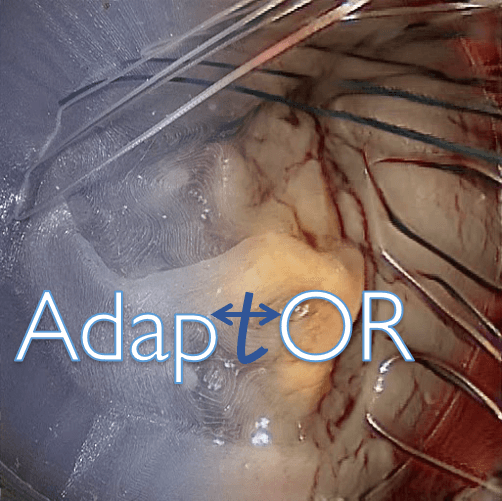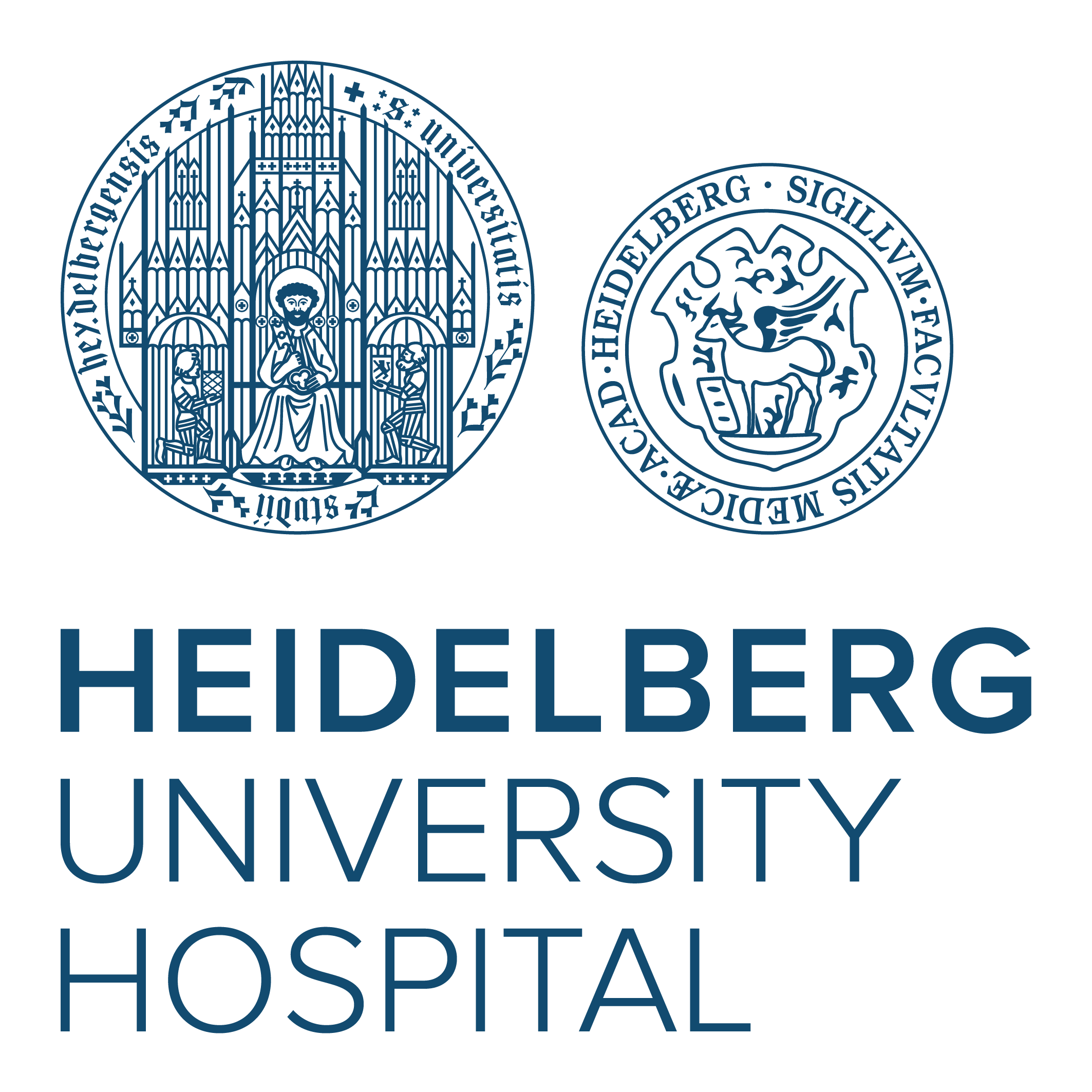Dataset info
Data Purposes
The purpose of disseminating the data is to perform a novel view synthesis task in endoscopic images of mitral valve repair. This analysis is taking place in the context of the AdaptOR challenge. The data is downloaded for this sole purpose and cannot be used in another context until the embargo period has expired.
Mitral Valve Repair
Mitral valve repair is a heart surgery, which is aimed at re-storing the function of the mitral valve. During the surgery, the valve is not replaced but different surgical techniques are employed. For example, an annuloplasty ring prosthesis or a neo-chordae could be inserted. The goal of this challenge is to synthesise a novel view for the endoscopic data. During training, the participants are provided the left and the right stereo camera images, and the test time task is to predict the corresponding image for a given image from the left camera.
Mitral Valve Repair Simulator
A video of minimally invasive simulation can be found on Youtube .
Data
Data is collected from multiple phases of the surgery such as suturing, ring implantation, ring knotting, inspection, saline test, etc. Each surgery contains data from multiple phases of the surgery.
The challenge cohort splits into two endoscopic sets:
- Data acquired during simulating mitral valve repair on a surgical simulator (“Sim-Domain“). Valvular anatomy was extracted from 3D transesophageal echocardiography. More information on the simulator can be found in [1] and [2].
- Intraoperative endoscopic data from real minimally invasive mitral valve repair (“Intraop-Domain”).
Data was recorded by a stereo-endoscope, which delivers two images of the same scene at the same time. One case refers to one stereo frame extracted from the simulation sessions and the intra-operative videos. Stereo-frames were saved in top-down format (left image top, right image bottom) and split.
Besides the Intraop-Data, the data from the Sim-Domain may additionally be used for improving generalization ability of the network. However, participants can individually decide to use the data or not.
-
Training Sim-Domain: \(1366\) stereo frames from \(10\) simulations (\(99\)-\(187\) frames each) with an average of \(136\) frames per simulation.
-
Training Intraop-Domain: \(5395\) stereo frames from \(9\) patients (\(346\)-\(1102\) frames each) with an average of \(600\) frames per surgery/patient.
-
Testing Intraop-Domain: \(450\) mono frames from \(5\) patients (\(100\) frames from each). Patients are different from the training set.
Besides the frames themselves, we release to which (anonymized) patient and domain the frame belongs to. The number of frames per simulation/patient in the training data set are not equal, but are on the same scale. However, we balanced the number of frames per patient in the test data. Therefore, each patient in the test set has a similar influence on the final score. The test set is curated to avoid over-dependence on data from one patient, i.e. the test data comprises of a small number of frames but from diverse surgeries with different camera angles, illumination and field of views.
References
[1] Engelhardt S, Sauerzapf S, Brčić A, Karck M, Wolf I, De Simone R. Replicated mitral valve models from real patients offer training opportunities for minimally invasive mitral valve repair. Interact Cardiovasc Thorac Surg. 2019 Jul 1;29(1):43-50. doi: 10.1093/icvts/ivz008.
[2] Engelhardt, S., Sauerzapf, S., Preim, B., Karck, M., Wolf, I., De Simone, R., Flexible and Comprehensive Patient-Specific Mitral Valve Silicone Models with Chordae Tendinae Made From 3D-Printable Molds. Int J Comput Assist Radiol Surg Special Issue IPCAI 2019. 14(7):1177–1186, doi: 10.1007/s11548-019-01971-9. Preprint: 1904.03704



